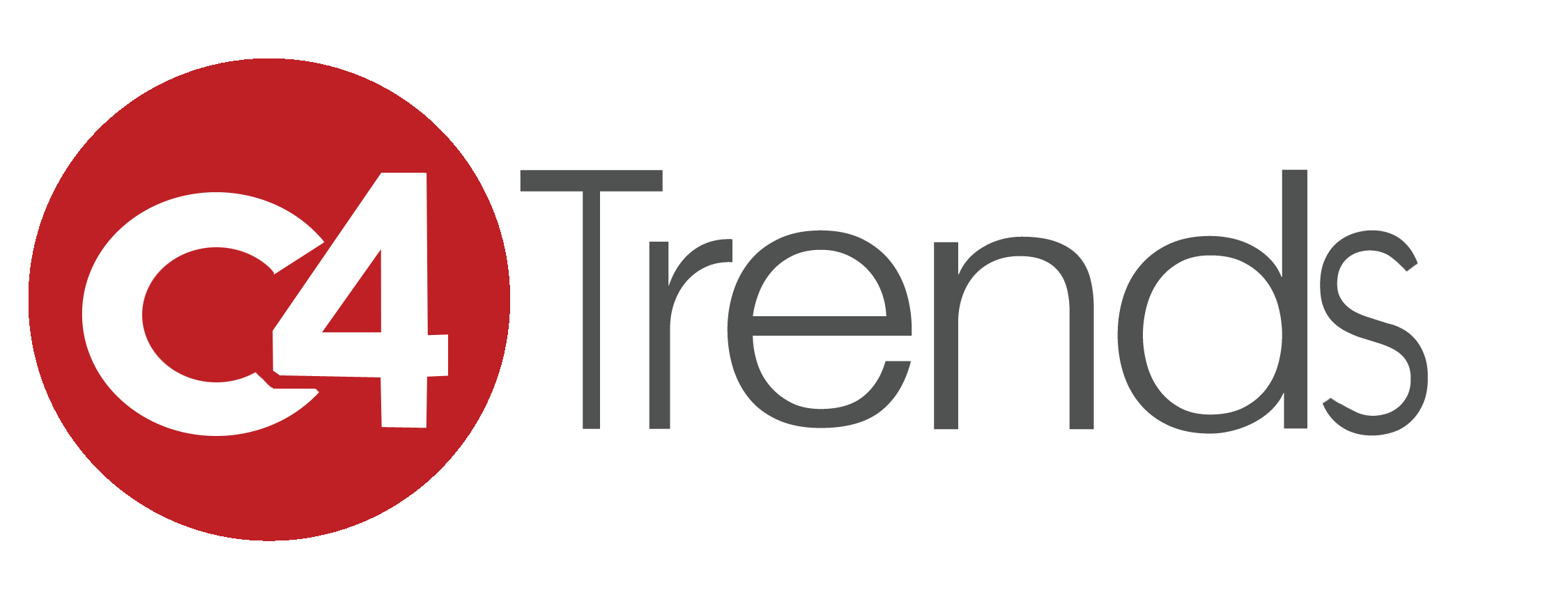Smart Medtech: Health and Wellness
While fitness is increasingly associated with health, we see Smart Medtech as emerging as a major megatrend. Given skyrocketing health costs, the need for expanding and improved patient care given the deluge of 77 million aging boomers, forecasted shortages of doctors and other professionals, – companies across sectors are looking at Smart Medtech as a way to move us from physician-centric medicine and closer to consumer-centric healthcare. It’s about the “creative destruction of medicine” through the transformative merging of digital infrastructure and medicine,” according to Dr. Eric Topol, Vice Chairman, West Wireless Health Institute.
“Mobile technology promises to transform healthcare,” according to Frost & Sullivan Senior Industry Analyst, Jeanine Sterling.
It all begins with the mobile device, and developers and vendors are working hard to meet the diverse information and communications needs of the consumer and medical staff. There is a global movement to move healthcare beyond the hospital and clinic and into the day-to-day lives of patients and consumers. Engineers, scientists, medical professional and healthcare providers including insurance companies are seeking new ways to help people take care of themselves and their loved ones – at home with a range of connected devices, smartphones, tablets and other mobile devices — to social media, home sensors and personal services robots.
Wireless health is at the core of this megatrend – with mobile communication platforms and the apps enabling an entirely new approach to reaching patients beyond the walls of a hospital or clinic. Emerging apps connect with legacy networks and systems to provide entirely new approaches to keeping people well at very low costs while delivering information and encouraging actions that could change people’s lives for the better. It’s about giving the hospital, physician’s office, and the patient at home new tools for more cost efficient communications and preventive actions.
Prevention is also part of this ‘smart medtech’ trend. New capabilities are also being built-into pedometers, blood pressure cuffs and other devices that one can buy at Best Buy or Walmart. It’s about consumers monitoring their morning run but with a variety of measurements that can link back to the healthcare provider – or for patient monitoring, tracking and healthcare delivery.
At the Emtech Conference in October at MIT, we saw interesting health products and apps from companies like Patientslikeme – where seriously ill people can find others and share experiences with each other – or Zeo’s Sleep Manager that tracks your sleep, and analyzes it so that you can improve it. Then there are apps like ZocDoc, a free online service for patients to instantly book appointments with a doctor, dentist, allergist, etc. It’s about harnessing the power of IT for a platform that incorporates EHR/EMR, telemedicine, mhealth, cost transparency, and patient reviews with online booking. Imagine that you’re traveling and don’t feel well and want to see a doctor. Just go online and find the closest doctor, see what others experience with that physician, and book an appointment instantly.
Smartphone penetration among U.S. healthcare providers continues to surge. Caregivers can now use their smartphones to easily access medical reference libraries, view lab results, monitor patient vitals, and access patient electronic health records (EHR). Today’s next-generation tablets – is now taking these capabilities and magnifying their usefulness with the aid of larger screens, high-resolution displays, and dual cameras. There are more than 10,000 consumer health apps available for smartphone users (Aslo see C4 Trends November/December column in CE Vision Magazine). Even the familiar push-to-talk devices are augmenting their instant voice communications benefit — with new form factors and an array of new capabilities that are providing functionality in diverse scenarios, including the emergency room and in natural disaster situations.
And, lastly, M2M remote monitoring devices are at the beginning of a trend! M2M is about improving outcomes and cutting expense, and it is starting to bridge the geographic gap between healthcare providers and patients who find it difficult to make in-person office visits. In addition to supporting patients with chronic conditions, M2M technology is being used for personal wellness monitoring and for helping elderly or at-risk individuals to live independently.
